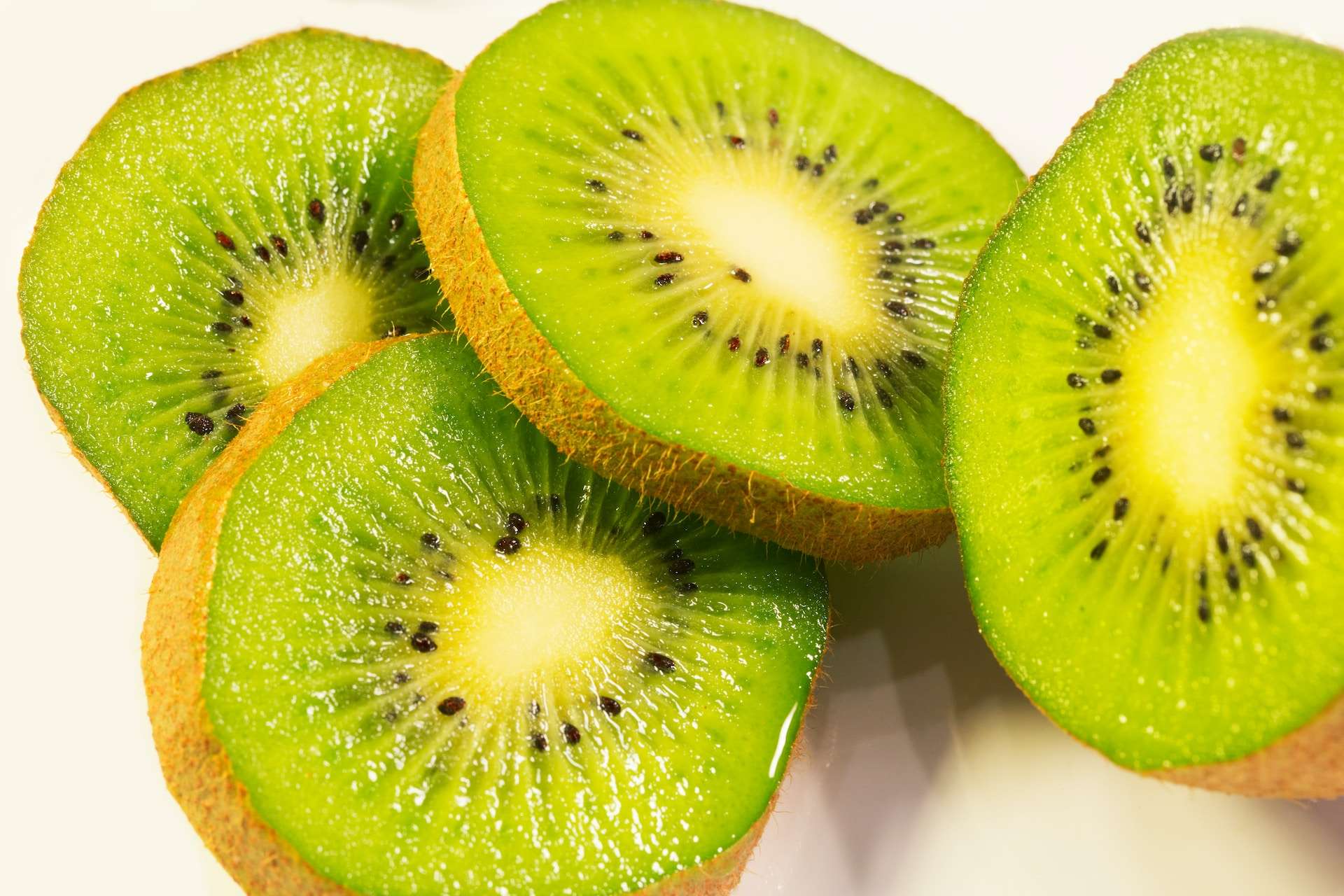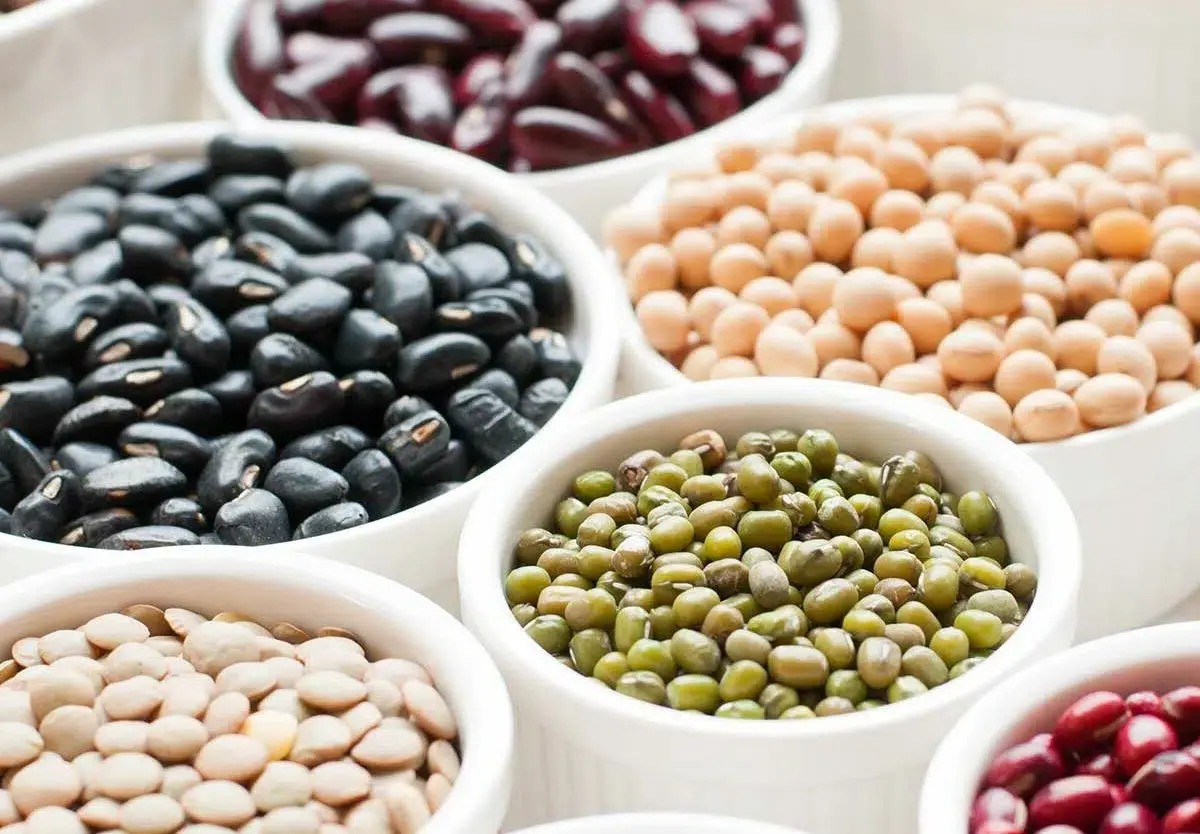
Kiwi fruit, also known as the Chinese gooseberry, is a delicious and nutritious fruit that has gained popularity around the world for its unique taste and numerous health benefits. Originally native to China, this small, brown, and fuzzy fruit is now grown in several countries, including New Zealand, which is the largest exporter of kiwi fruit.
With its vibrant green flesh and tiny black seeds, the kiwi fruit is not only visually appealing but packed with essential vitamins and minerals. From boosting the immune system to aiding digestion, this fruit is a powerhouse of nutrients.
In this article, we will uncover 18 fascinating facts about kiwi fruit that will surely make you appreciate this little wonder even more. So, let’s dive in and explore the amazing world of kiwi fruit!
Key Takeaways:
- Kiwi fruit is a superfood packed with vitamins, antioxidants, and fiber. It supports heart health, digestion, and even helps with weight loss. It’s a small fruit with big benefits!
- Not only is kiwi delicious, but it also promotes healthy skin, improves sleep quality, and supports bone health. It’s a versatile fruit that can be enjoyed in many ways, from smoothies to salads.
The Origin of Kiwi Fruit
Kiwi fruit, also known as Chinese gooseberry, is native to China and was first discovered in the 12th century. It was later introduced to New Zealand, where it got its popular name “kiwi” due to its resemblance to the country’s national bird.
Nutritional Powerhouse
Kiwi fruit is packed with essential vitamins and minerals, making it a nutritional powerhouse. It is an excellent source of vitamin C, vitamin K, vitamin E, folate, and potassium.
High in Antioxidants
The kiwi fruit is rich in antioxidants that help protect the body against free radicals and oxidative stress. These antioxidants can contribute to improved overall health and a reduced risk of chronic diseases.
Good for Digestion
The enzymes present in kiwi fruit, specifically actinidin, aid in digestion by breaking down proteins more efficiently. Incorporating kiwi fruit into your diet can help improve digestion and prevent digestive issues.
Promotes Heart Health
Regular consumption of kiwi fruit has been linked to a reduced risk of cardiovascular diseases. The high levels of potassium and fiber in kiwis can lower blood pressure and cholesterol levels, promoting a healthy heart.
Boosts Immune System
Thanks to its high vitamin C content, kiwi fruit can significantly boost your immune system. Vitamin C plays a vital role in strengthening the immune system and protecting against common illnesses.
Aid Weight Loss
For those aiming to shed a few pounds, kiwi fruit can be a great addition to your diet. It is low in calories and high in fiber, promoting a feeling of fullness and aiding in weight management.
Supports Eye Health
Kiwi fruit contains lutein and zeaxanthin, which are essential for maintaining eye health. These compounds help protect against age-related macular degeneration and other vision-related issues.
Improves Skin Health
The vitamin C and antioxidants in kiwi fruit contribute to improving skin health. Regular consumption of kiwis can help reduce the appearance of wrinkles, promote collagen synthesis, and give you a healthy, radiant complexion.
Loads of Fiber
Kiwi fruit is an excellent source of dietary fiber. The fiber content aids in digestion, promotes satiety, and helps maintain healthy blood sugar levels.
Versatile Culinary Ingredient
Kiwi fruit can be enjoyed in various ways, making it a versatile culinary ingredient. You can eat it raw, blend it into smoothies, add it to salads or desserts, or even use it as a natural tenderizer for meats.
Natural Blood Thinner
Studies have shown that kiwi fruit has a natural blood-thinning effect. It contains a peptide called bromelain that can prevent the formation of blood clots, reducing the risk of stroke and heart attacks.
Improves Sleep Quality
Kiwi fruit is rich in serotonin, a hormone that regulates sleep patterns. Consuming kiwis before bedtime can promote better sleep quality and help alleviate sleep disorders.
Helps Fight Asthma
The high levels of antioxidants and vitamin C in kiwi fruit can help reduce the symptoms of asthma. Regular consumption has been associated with improved lung function and a lower incidence of wheezing.
Sustainable and Environmentally Friendly
Kiwi fruit is considered one of the most sustainable fruits. It requires relatively low amounts of water and fertilizer compared to other crops. Additionally, the fuzzy skin of kiwis provides natural protection, reducing the need for chemical pesticides.
Aids in Blood Sugar Control
The low glycemic index of kiwi fruit makes it ideal for individuals with diabetes or those aiming to control their blood sugar levels. It provides a slow and steady release of energy, avoiding spikes and crashes.
Great Source of Vitamin E
Kiwi fruit is an excellent source of vitamin E, a powerful antioxidant that helps protect cells from damage. Vitamin E also contributes to healthy skin and hair.
Supports Bone Health
The combination of calcium, magnesium, and vitamin K in kiwi fruit promotes strong bone health. Regular consumption may help reduce the risk of osteoporosis and improve bone density.
There you have it – 18 fascinating facts about kiwi fruit. From its origin and nutritional benefits to its culinary versatility and potential health benefits, this small fruit packs a big punch. So, next time you see a kiwi in the grocery store, grab one and indulge in its deliciousness while reaping all the amazing benefits it offers!
Conclusion
Kiwi fruit is not only delicious but also packed with numerous health benefits. From being a rich source of vitamins and minerals to aiding digestion and boosting the immune system, kiwis are truly a powerhouse of nutrition. Whether you enjoy them on their own, add them to fruit salads, or use them in various recipes, incorporating kiwi fruit into your diet can help improve your overall well-being.
So the next time you spot this fuzzy little fruit at the grocery store, make sure to grab a few and experience the many wonders it has to offer. Your taste buds and your body will thank you!
FAQs
1. Are kiwi fruits good for weight loss?
Yes, kiwi fruits are low in calories and high in fiber, making them an excellent choice for weight loss. They can help you feel full and satisfied, without adding excess calories to your diet.
2. Can kiwi fruits improve digestion?
Absolutely! Kiwi fruits contain enzymes such as actinidin, which can help break down proteins and aid in digestion. They are also high in fiber, which promotes healthy bowel movements and prevents constipation.
3. Are kiwi fruits beneficial for the immune system?
Yes, kiwi fruits are packed with vitamin C, which plays a crucial role in supporting a strong immune system. Consuming kiwi fruits regularly can help protect against common illnesses and infections.
4. Can kiwi fruits help improve skin health?
Definitely! Kiwi fruits are rich in antioxidants and vitamin C, both of which are essential for maintaining healthy skin. These nutrients help protect against damage from free radicals and promote collagen synthesis, leading to a brighter and more youthful complexion.
5. Are there any allergenic reactions to kiwi fruits?
Some individuals may be allergic to kiwi fruits, experiencing symptoms such as itching, swelling, or difficulty breathing. It is recommended to consult a healthcare professional if you suspect an allergy.
6. Can kiwi fruits be consumed by pregnant women?
Kiwi fruits are generally safe for consumption during pregnancy. They are a great source of folate, which is crucial for fetal development. However, it is always advisable to consult with your healthcare provider before making any significant changes to your diet.
Was this page helpful?
Our commitment to delivering trustworthy and engaging content is at the heart of what we do. Each fact on our site is contributed by real users like you, bringing a wealth of diverse insights and information. To ensure the highest standards of accuracy and reliability, our dedicated editors meticulously review each submission. This process guarantees that the facts we share are not only fascinating but also credible. Trust in our commitment to quality and authenticity as you explore and learn with us.


